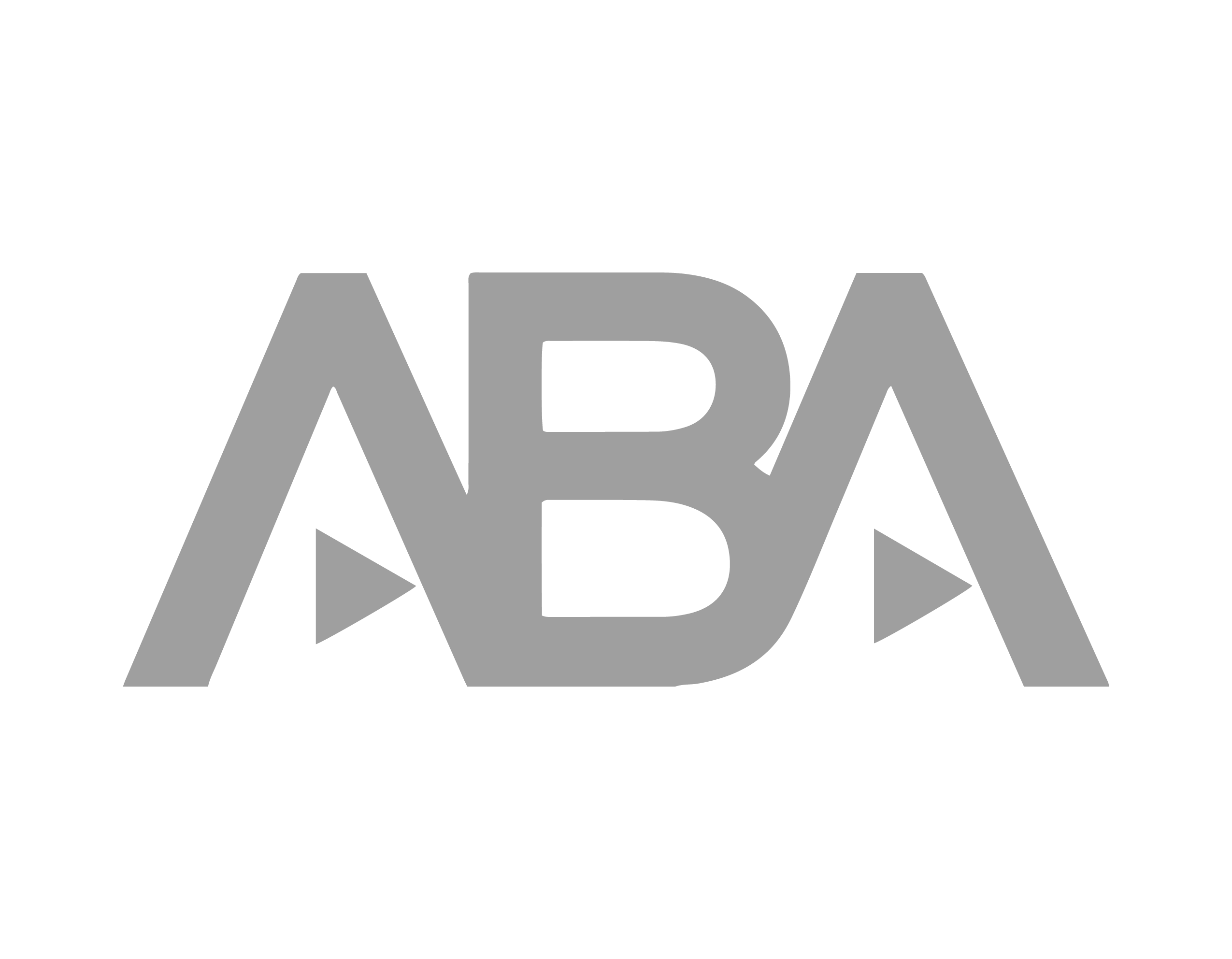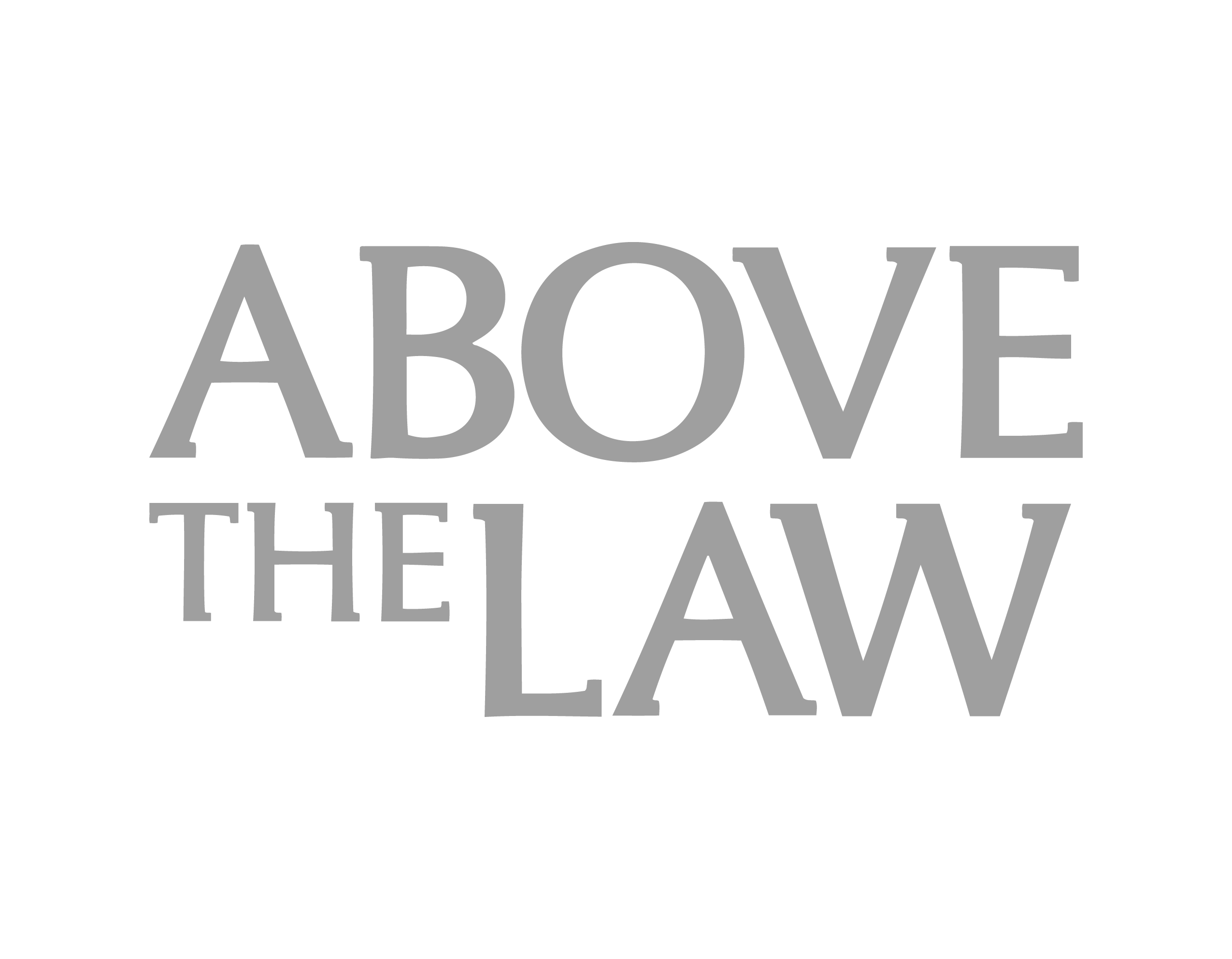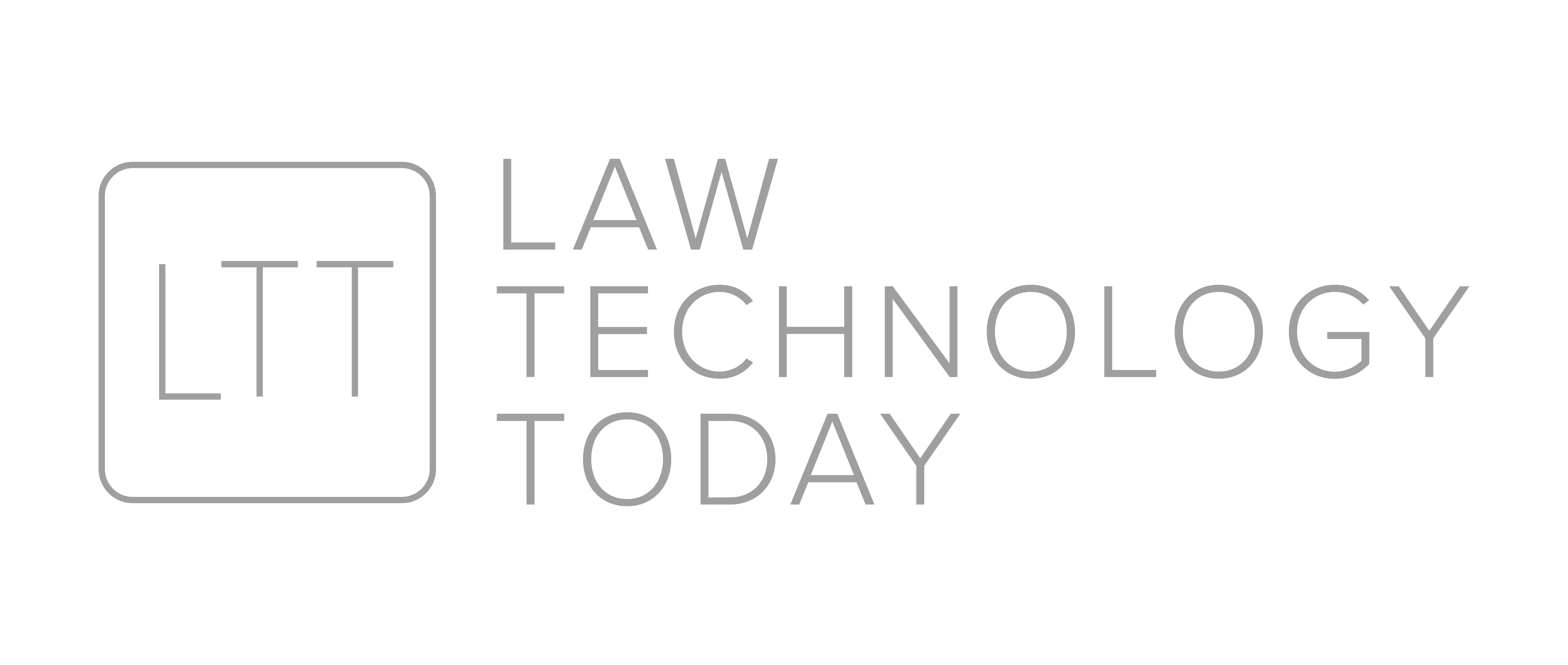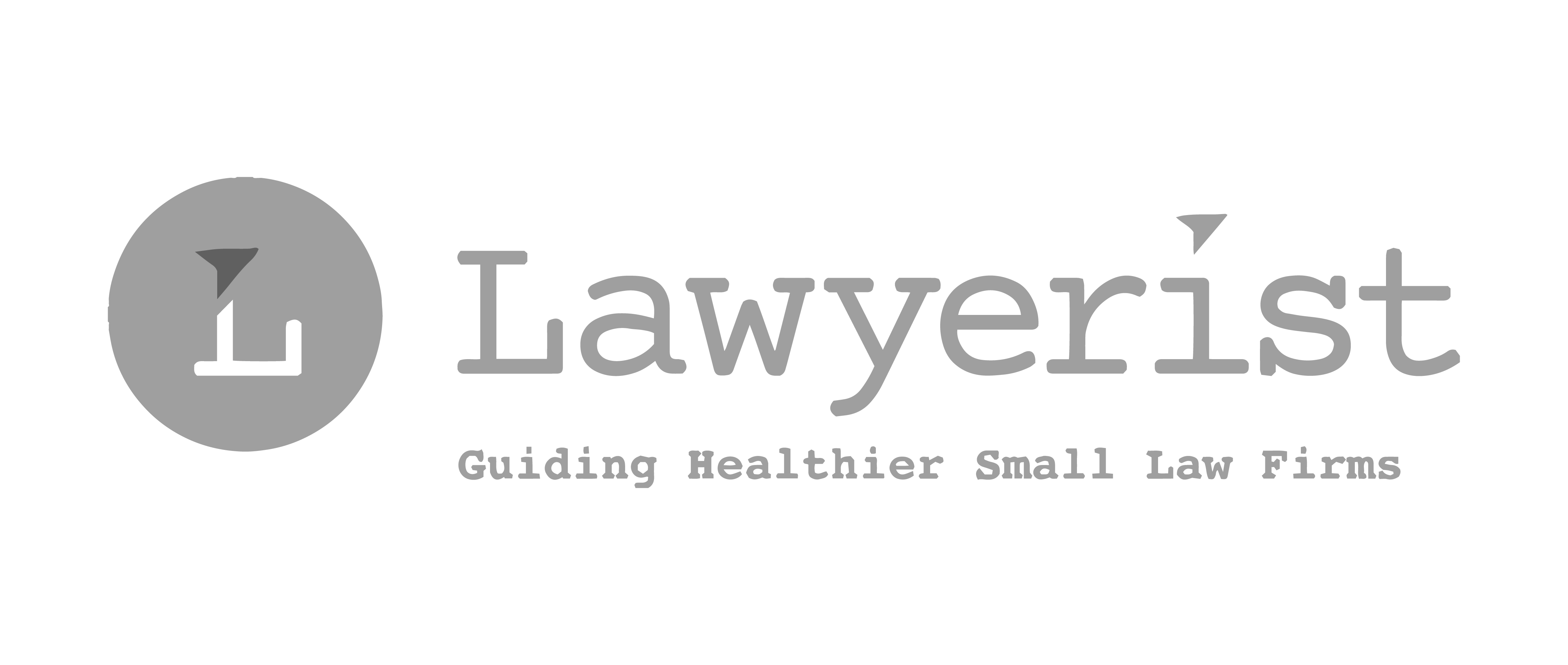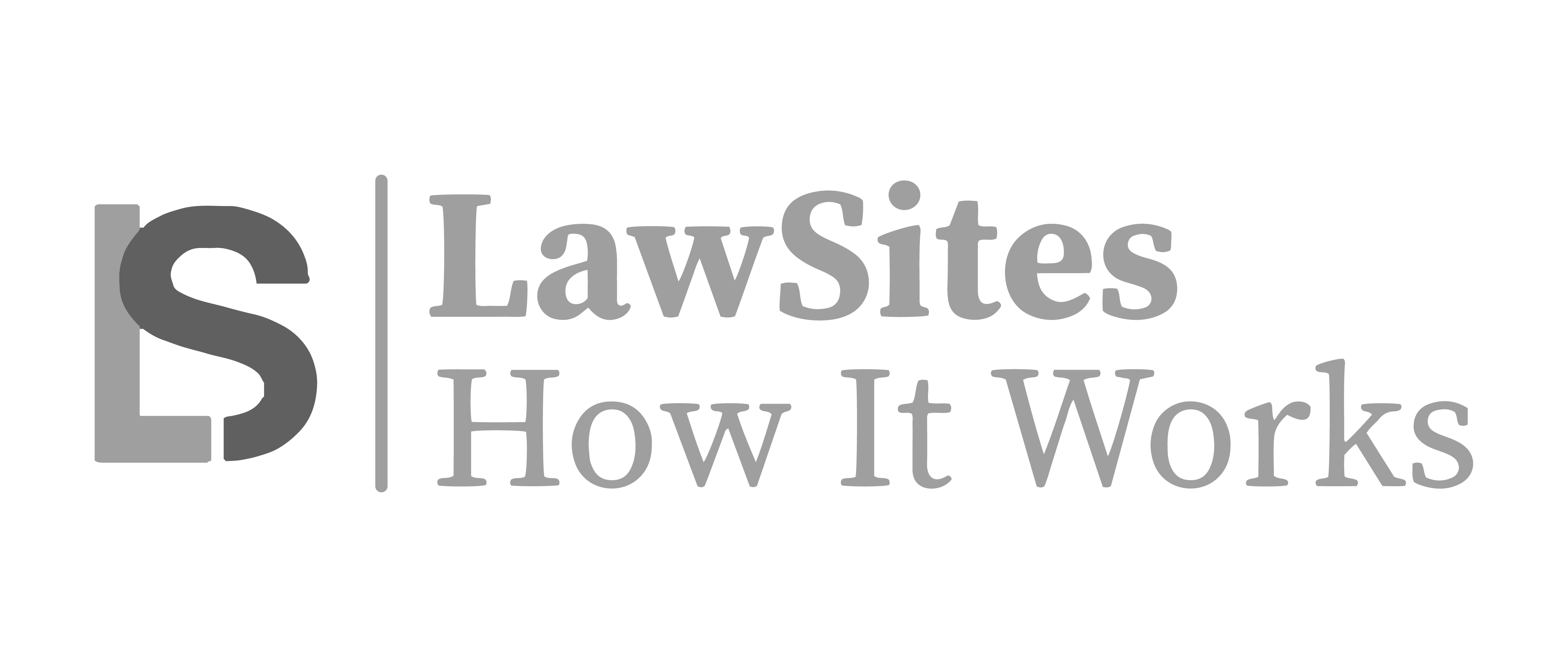Productivity Tips for Lawyers Who Want to Get Home for Dinner

I am the mother of four children and a solo practitioner out on my own for the second time in my career. As I set out to rebuild a practice from scratch while still making sure I have time and energy for my family, I remind myself daily that the key is to work smart, not just hard.
I’ve come up with a list of basic productivity tips to keep in mind. Implementing them will significantly improve your focus, the quality of your work, and your ability to balance work and life while decreasing mental exhaustion and avoiding feeling overwhelmed. These tips worked for me. I hope they help you, too.
Here’s what I suggest:
Organize a master to-do list.
One important way to stay productive is to minimize the time it takes to switch from one task to another. This most often happens when someone doesn’t know or doesn’t remember the next thing they’re supposed to do that day. In order to avoid that, sometime between Friday around 4 PM and Sunday night, review and/or create a list of all the tasks that need to be completed the coming week. Once you have your initial list, take ten minutes each day to supplement or revise it. While some may prefer the old-fashioned pen and paper approach to generating a to-do list, online solutions can be very helpful. Good choices for task list management include ToDoIst or the Google task function.
Schedule your day.
I mean actually schedule your day, just like you did in school. Preferably, block out 90-minute segments throughout the day—studies show that the brain stops functioning at peak performance when tasked for longer than that. You can also give yourself 10-15 minute breaks after each segment. If an activity is going to take less than ninety minutes, schedule several tasks back to back within that time period. The activities should come from you to-do list.
Scheduling your day has several big advantages: First, you avoid wasting time between activities thinking about what comes next. Second, you give yourself the time and mental space to really focus on the task at hand. After all, this is what you’re supposed to be doing right now. Third, you can visualize which tasks you will finish today and which ones will have to wait tomorrow.
One last note regarding email: Schedule time to check your email and don’t check it before or after that. An effective schedule for checking email looks something like this: Thirty minutes first thing in the morning (before you create your task list for the day), fifteen minutes before lunch, thirty minutes half-way through the afternoon, and fifteen minutes before the end your day.
Turn off all notifications.
Between phones, tablets, and computers, we are constantly reminded that someone or something is demanding our attention. Unfortunately, we are conditioned to give near-immediate responses to everything and to feel guilty if we don’t. However, the reality is this: Very few things demand immediate responses. In fact, if someone wants your attention and wants it now, chances are they will call. If not, nothing is so urgent that it can’t wait 90 minutes. Notifications have the terrible effect of intruding on your train of thought. While you may not realize it, every time your brain registers an extraneous piece of information, it takes a while for all of your attention to focus back on the task at hand. It is also exhausting. Your brain is registering information while your attention is supposedly in a different place. This creates an intellectual tug-o-war. Turning off all notifications eliminates one source of such distractions.
Categorize email responses.
If an email is going to take less than two minutes to respond to, respond to it immediately during your the time you scheduled to answer email. If it is going to take longer than two minutes, decide whether it is going to take more or less than ten minutes. Anything over ten minutes needs to be flagged and added to your to-do list because it is an actual project. If an email will take between five and ten minutes, either answer it during this email period or the next one. This basic step of inbox management is critical to remaining productive because it avoids getting sucked into the rabbit hole of email writing. Email services have “flagging” mechanisms such as labels, stars, and flags. The method is not as important as the outcome. The key is to stratify how much time and attention any one thing needs and give yourself the mental energy to address each item as it needs to be addressed, without worrying you are letting things fall between the cracks.
Maria-Vittoria Carminati
Carminati is a trial attorney and litigator, women’s advocate, and founder of Carminati Law PLLC, a distributed law firm. Her practice consists of commercial and business litigation, family law, and mediation. She is licensed in NY, TX, DC and CO. Carminati speaks and writes about gender bias, micro-aggressions and advocacy for victims of sexual assault and domestic violence. Her firm leverages technology to maximize productivity and decrease costs while delivering high-quality legal counseling and representation.
Share post:


